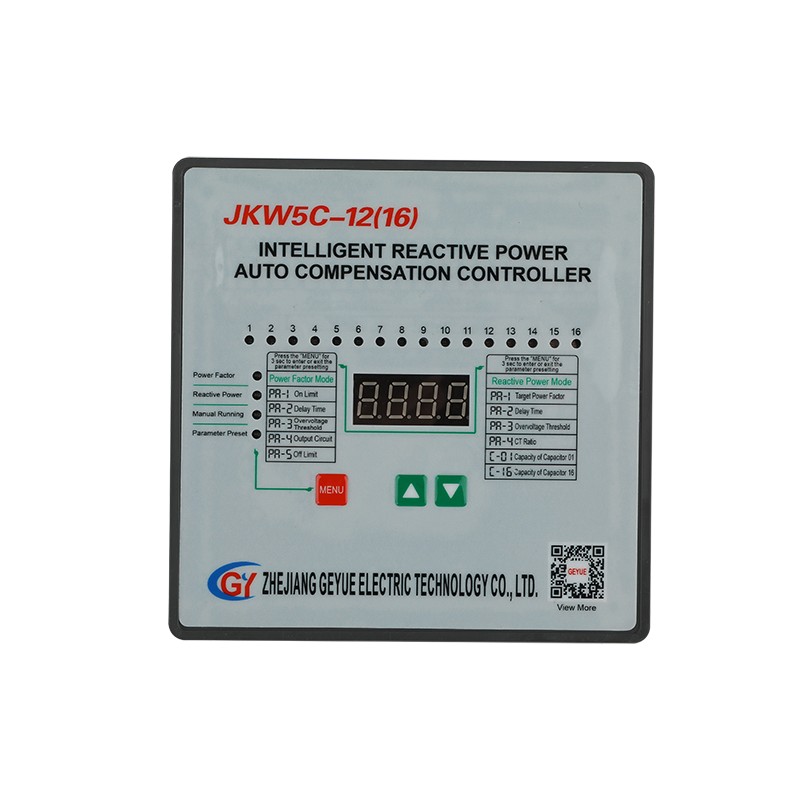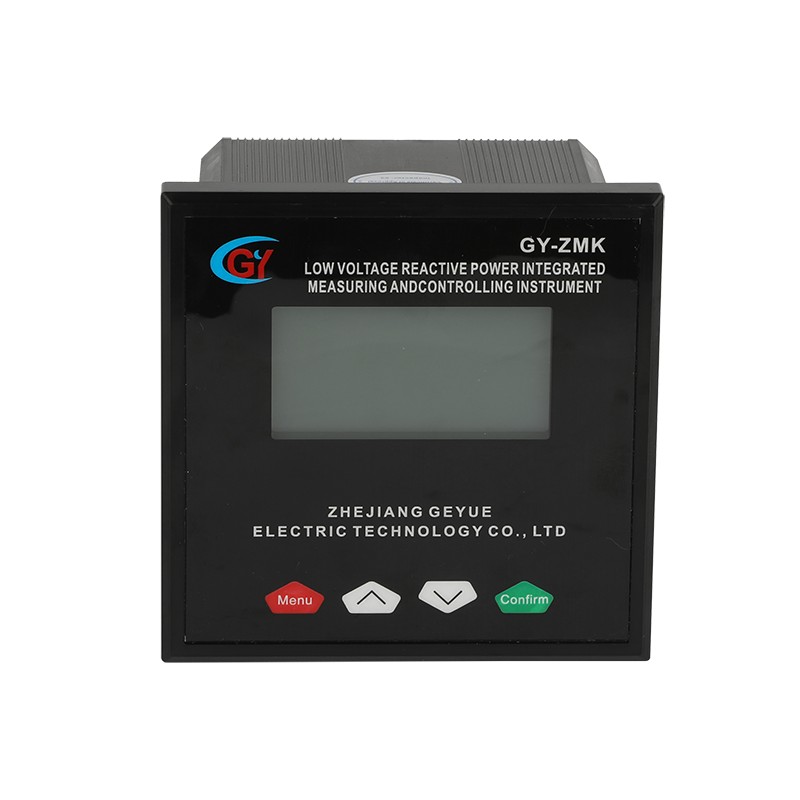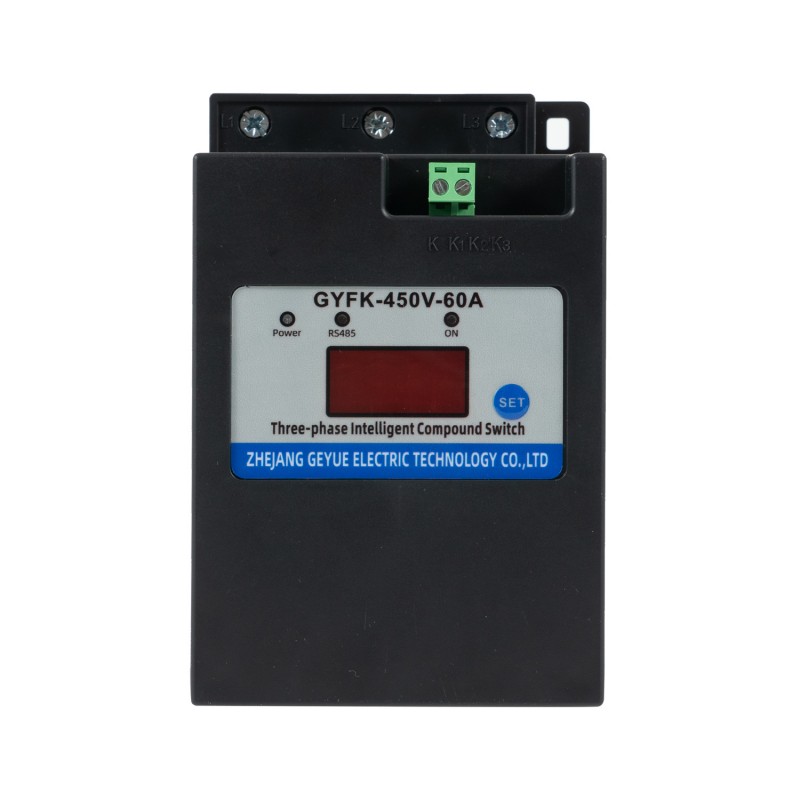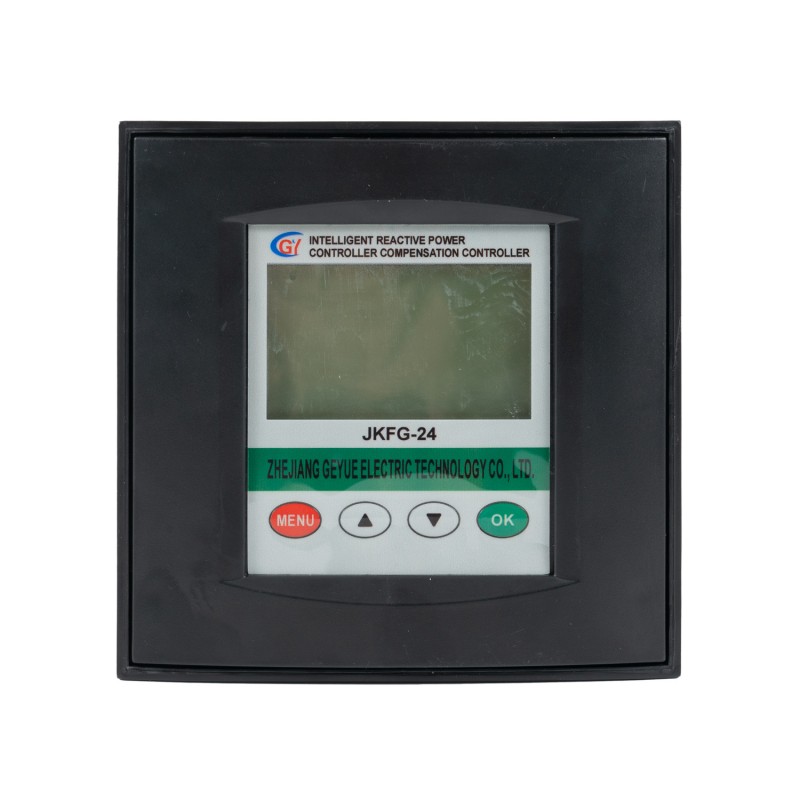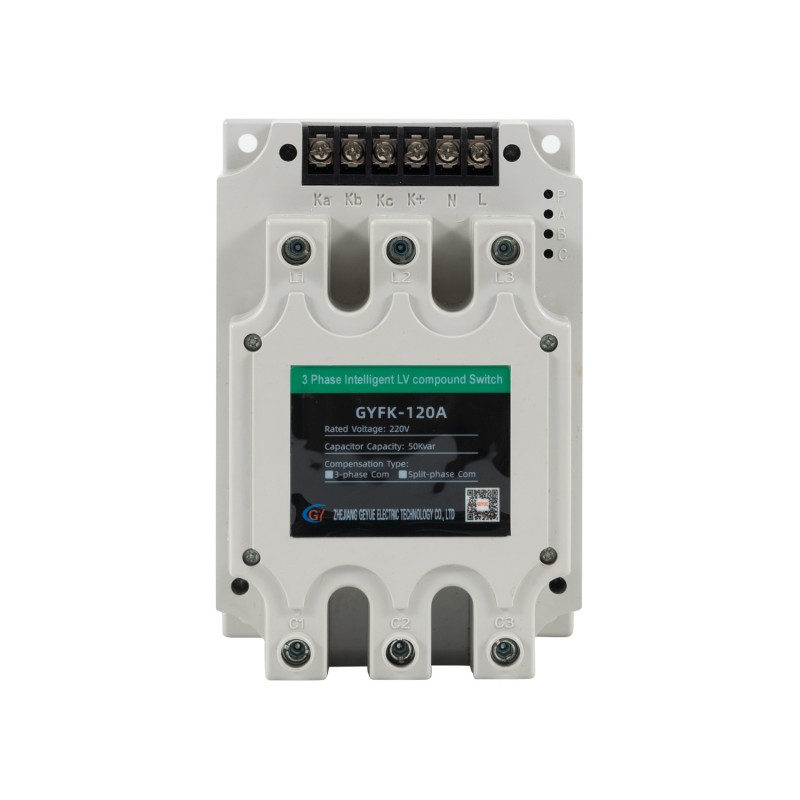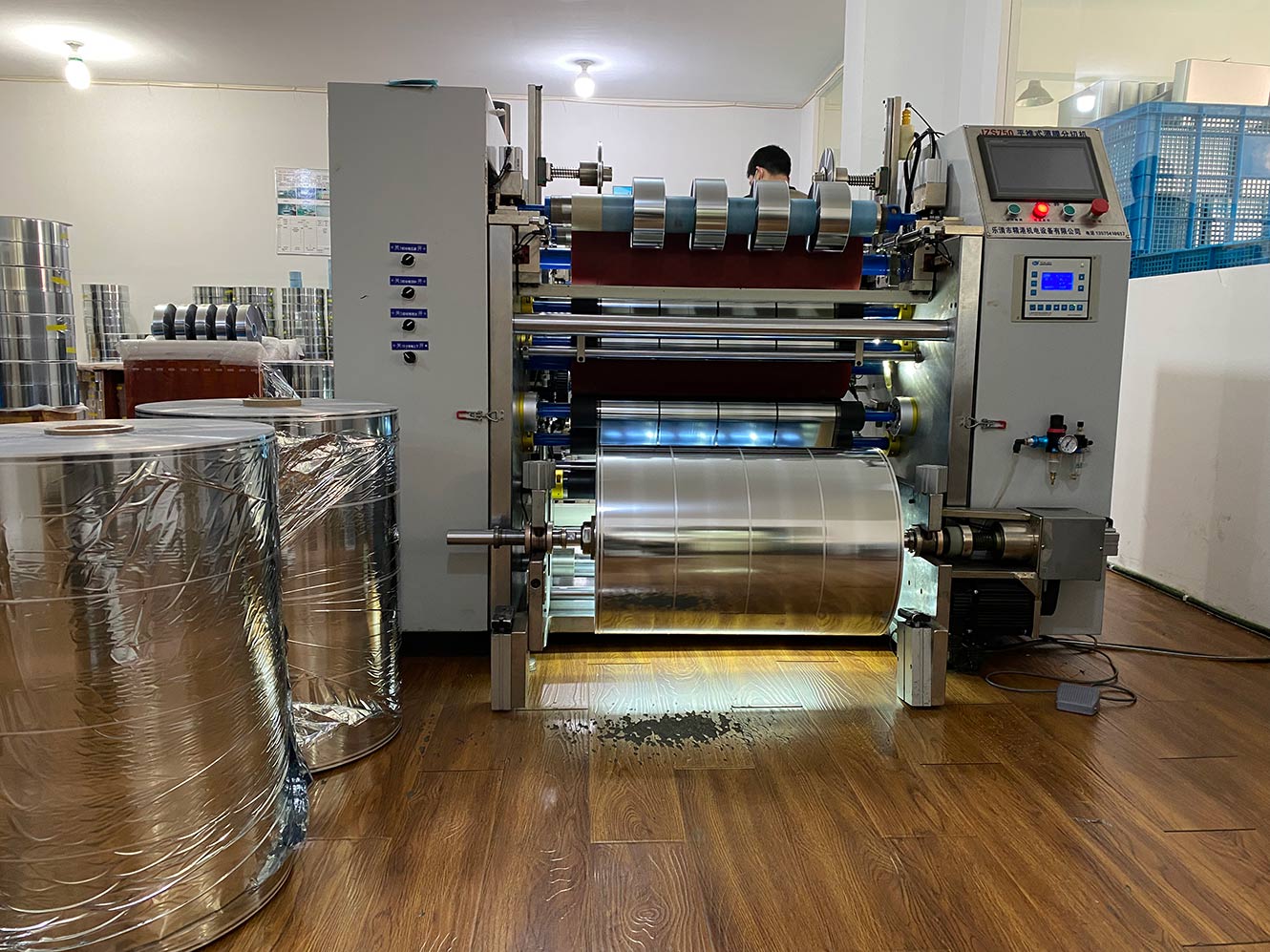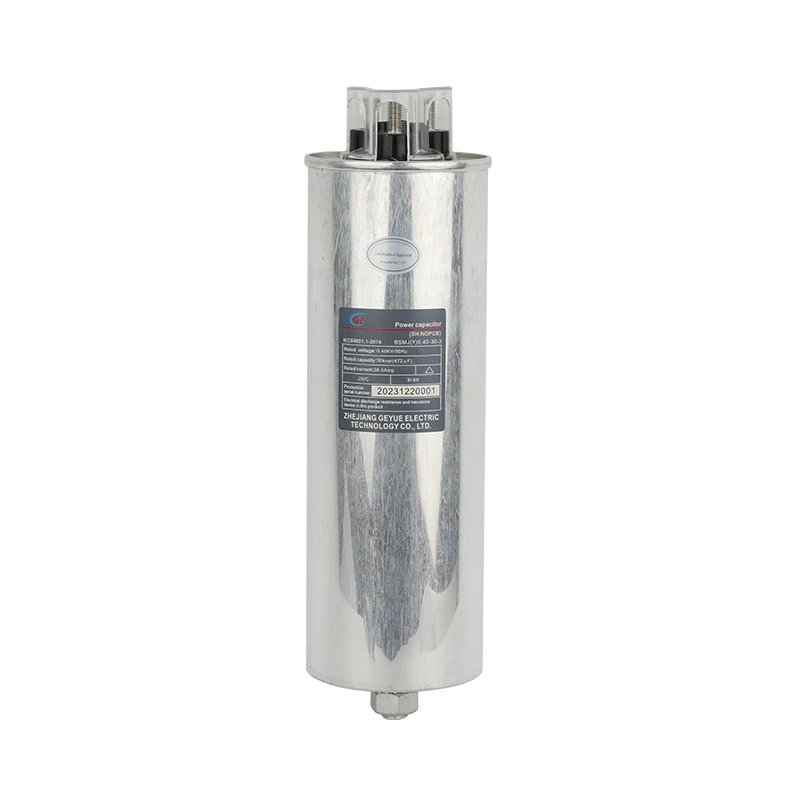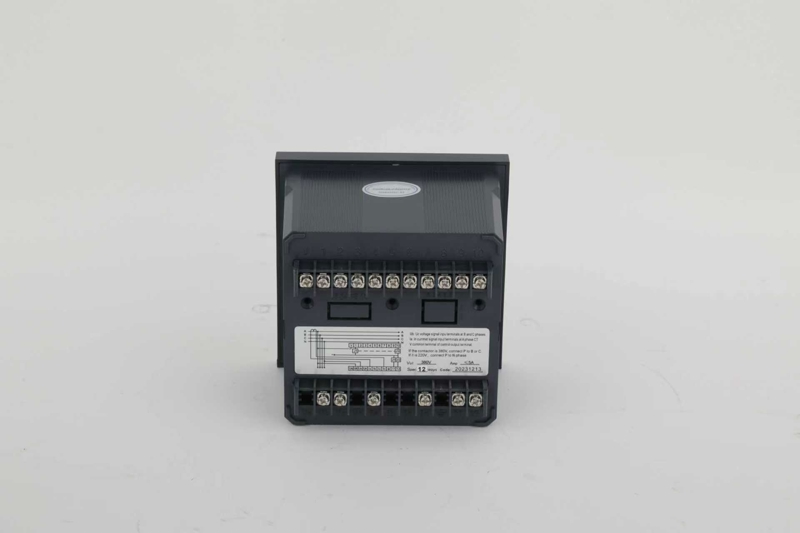What Exactly Is a Capacitor?
I have been in the electrical engineering industry for 15 years. Today, let’s talk about capacitors in compensation cabinets.
1. What exactly is a capacitor?
Power capacitors play a core role in energy exchange in reactive power compensation systems. It's this silvery white cylinder, 400V/30kvar Low voltage conventional type. Let’s take it apart and have a look. It is divided into three parts: shell, core, and microcrystalline wax.
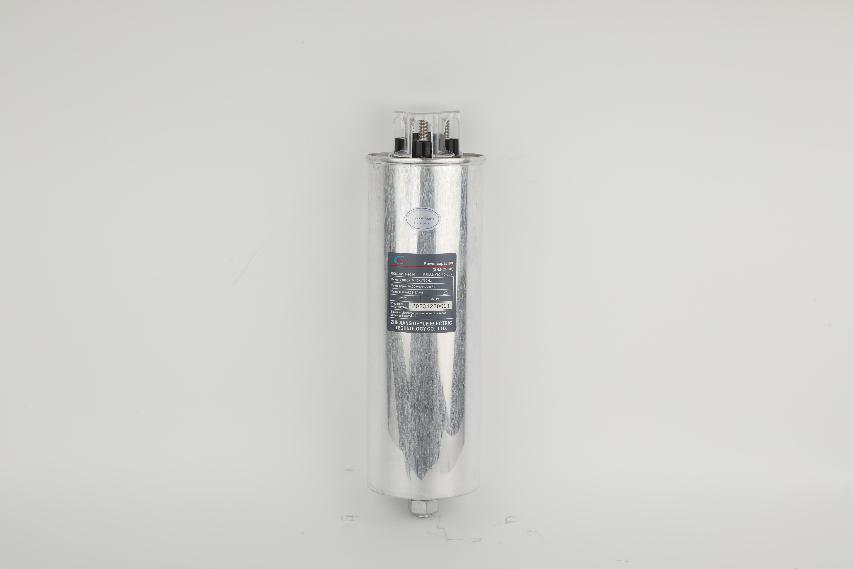
Thick aluminum shell about 2mm thick, Explosion-proof version with pressure valve on top. In case the device overheats. This pressure valve can spray hot gas to the side, avoid hurting others. It is a kind of protective device.
The metallized polypropylene film inside is 20 meters long. The thickness of the aluminum-zinc coating is like spider silk. Self-healing relies on this process, in case it is penetrated by electricity, the aluminum layer around the breakdown point will evaporate automatically, forming an insulating area, automatically isolate the fault point.
Microcrystalline wax is used as an impregnation agent, solid at room temperature, drop melting point is higher than 70℃. No need to worry about oil leakage during use, environmental pollution is avoided. It not only has the characteristics of dry structure, but also has the advantages of impregnation.
2. Why is industrial power distribution inseparable from it?
Because if the power factor does not meet the standard, the power supply bureau will impose a fine. For example:
When industrial power distribution is not equipped with capacitors,
If the 200KW machine is operating, the actual power grid needs to supply 260KW. The excess 60KW is reactive power, and the electricity bill needs to be calculated based on 260KW.
But if the capacitor is installed. The actual power grid only needs to supply 210KW, saving 50KW without paying, and the electricity bill drops by 19%.
And because the power factor is up to standard, no fine is required.
3. How to choose a capacitor
First of all, according to the environment, if it is in the north, you need to choose low-temperature resistant ones, which can work normally in an environment of -40℃. If it is in the south, you need to choose moisture-proof ones, which will not short-circuit even if the humidity is as high as 90%. If it is a chemical plant, you need to choose anti-corrosion ones.
Then according to the material selection, we need a metallized polypropylene film with gradient square resistance, because it has stronger self-healing ability, and the impregnating agent needs to be microcrystalline wax, because it is safer than oil, will not leak oil and is more environmentally friendly. The terminal must be pure copper, pure copper has the best thermal conductivity and will not rust.
4. How to maintain
The first step is to listen to the sound. When the machine is operating normally, it will make a slight "buzzing" sound, which is probably similar to the compressor of a refrigerator. However, if the sound is a "sizzling" discharge sound or a "clang" vibration sound, it must be a malfunction and you need to turn off the power and check it immediately.
The second step is to feel the shell temperature. If the shell temperature is normal and not too hot, probably not exceeding 65°C, then the machine is in normal working condition. If it feels partially hot, it may be that the internal self-healing times have been used up. If it feels completely cold, then the capacitor is most likely scrapped and needs to be replaced in time.
In addition, there is also a special situation that is dangerous. If there is a bulge on the surface, it means it is about to explode and you need to shut down the machine immediately
5. Practical scenario application
When there are too many devices in a shopping mall that require huge amounts of electricity, such as air conditioners and elevators, sudden changes in load will cause voltage flicker. When we install a power distribution system for a shopping mall, we provide a 0.4KV dynamic compensation cabinet, which has a response time of less than 20ms. Then, the voltage flicker value is reduced from 3.2 to 0.8, and the failure rate of lighting equipment is reduced to 65%. This is a very successful case.
- Can Cylinder Self-healing Shunt Capacitor Become the Ideal Choice for the Smart Grid Era?
- Apart from Saving Electricity Costs, What Value does Low-Voltage Reactive Power Compensation Bring to Enterprises?
- How does the Temperature Dependence of a Capacitor's Capacitance Value affect the Tuning Point of a Detuned Filter Circuit?
- Is There a Non-Invasive Way to Monitor the Internal Health of Power Capacitors, Such as Their Equivalent Series Resistance (ESR)?
- What Is the Concept of "Reactive Power Banking" or "Reactive Power Dispatch" in a Smart Grid Context?
- What Are the Recycling and Disposal Plans for Self-Healing Shunt Capacitors after the End of Their Life Cycle?

